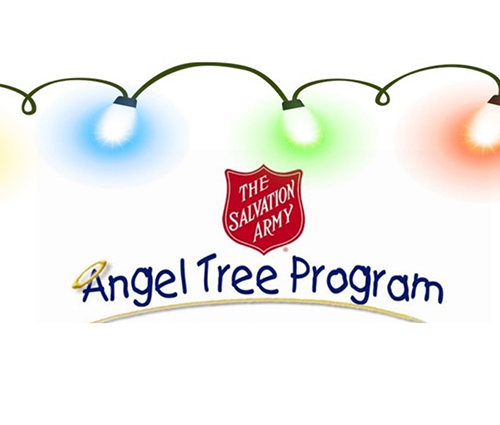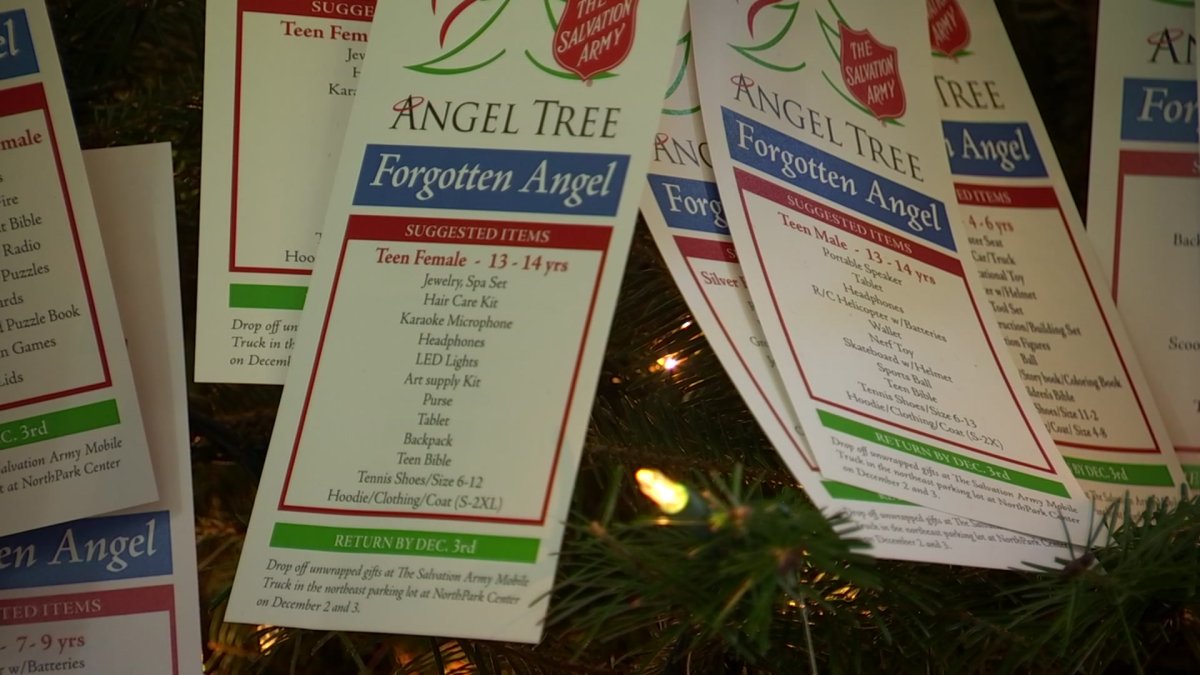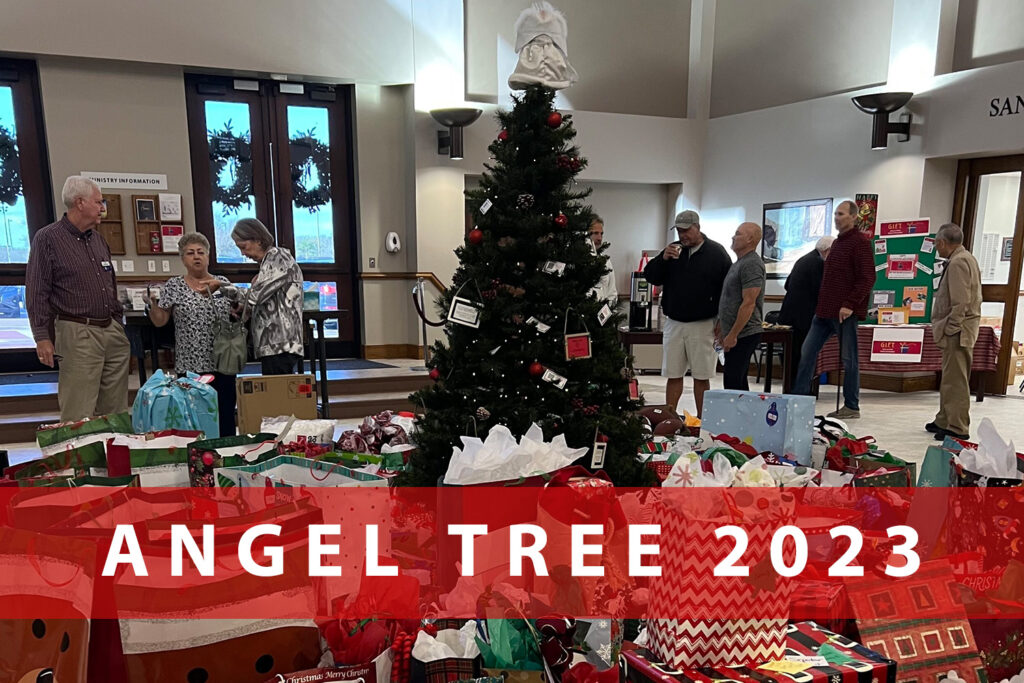Where To Get An Angel Tree

The holiday season, often associated with warmth and generosity, casts a stark shadow for families struggling to make ends meet. The simple joy of providing gifts for children can feel like an insurmountable challenge. Fortunately, programs like the Angel Tree offer a beacon of hope, connecting donors with families in need to ensure that every child experiences the magic of Christmas.
This article serves as a comprehensive guide for individuals and families seeking information on accessing Angel Tree programs. It details where to find these initiatives, eligibility requirements, and how to participate, empowering those who need assistance and those who wish to contribute. It aims to provide a clear and concise resource, drawing upon reputable sources and organizational data to ensure accuracy and reliability.
Understanding the Angel Tree Program
The Angel Tree program, primarily run by The Salvation Army, is a well-established charity initiative that provides Christmas gifts to children from low-income families. It works by displaying paper angels, each bearing a child's name, age, gender, and desired gift, on Christmas trees in public places.
Donors select an angel, purchase the listed gifts, and return them to the designated drop-off point. The Salvation Army then distributes the gifts to the families in time for Christmas.
The Salvation Army's Angel Tree
The Salvation Army is the most widely recognized organization operating Angel Tree programs. To find a local Salvation Army Angel Tree, visit their website at SalvationArmyUSA.org and use the "Find a Location" tool. Simply enter your zip code to locate the nearest Salvation Army branch and contact them directly to inquire about their Angel Tree program.
Alternatively, you can call their national helpline. The Salvation Army also often partners with local businesses and malls to host Angel Tree displays, so keep an eye out for trees in your community.
Other Organizations Offering Similar Programs
While The Salvation Army is the largest provider, other organizations also run similar gift-giving programs during the holiday season. These local initiatives often operate independently and cater to specific communities or demographics.
Checking with local community centers, churches, and social service agencies is a good starting point. Organizations like the United Way and local food banks often have information on holiday assistance programs in your area.
Many schools and community groups also organize their own versions of the Angel Tree, assisting families within their immediate network.
How to Find an Angel Tree Near You
Finding an Angel Tree requires some proactive research. Here's a step-by-step guide:
1. Contact The Salvation Army: Use their website or helpline to find your local branch and inquire about their Angel Tree program.
2. Check with Local Charities: Reach out to organizations like the United Way, Catholic Charities, and other local social service agencies.
3. Visit Community Centers and Churches: Many community centers and churches host their own holiday assistance programs. Contact them directly to inquire.
4. Search Online: Use search engines to find local holiday assistance programs in your area. Use keywords like "Christmas gift assistance," "holiday help," or "Angel Tree" along with your city or county.
5. Check with Schools and Libraries: Schools and public libraries often have information on local resources and programs.
Eligibility Requirements and Application Process
Eligibility requirements for receiving gifts through an Angel Tree program vary depending on the organization and location. Generally, programs target low-income families with children under a certain age, typically 12 or 14.
Common eligibility requirements include proof of income, residency, and the child's age. Families typically need to provide documentation such as pay stubs, government assistance letters, and birth certificates.
The application process usually involves completing a form and submitting the required documentation to the sponsoring organization. Deadlines for applications are often in the fall, so it's important to apply early.
Contact the specific organization offering the Angel Tree program in your area for detailed information on their eligibility requirements and application process.
Contributing to an Angel Tree Program
Participating in an Angel Tree program as a donor is a rewarding way to give back to your community. To contribute, simply visit a designated Angel Tree location and select an angel.
Purchase the gifts listed on the angel tag and return them to the designated drop-off point by the specified deadline. Remember to follow the instructions provided by the organization, such as wrapping the gifts or labeling them with the angel number.
Some programs also accept monetary donations, which are used to purchase gifts for children who have not been sponsored. Alternatively, you can organize your own Angel Tree program within your workplace, community group, or school.
Looking Ahead: The Future of Angel Tree Programs
The need for Angel Tree programs remains significant, especially in light of economic challenges and rising living costs. Organizations are constantly adapting and innovating to reach more families in need.
Many programs are incorporating online platforms to facilitate donations and streamline the application process. Social media is also being used to raise awareness and connect donors with families.
Sustaining and expanding these programs requires ongoing community support. By donating your time, resources, or financial contributions, you can help ensure that every child experiences the joy of Christmas.
As Major Beth Smith from the Salvation Army stated, "The Angel Tree isn't just about giving gifts; it's about giving hope and letting children know that they are loved and remembered during the holidays."














/cloudfront-us-east-1.images.arcpublishing.com/gray/ZHHBQSPTOBCH5PWG35MLPS6EYQ.png)


